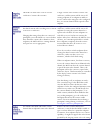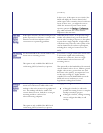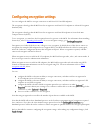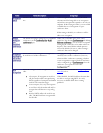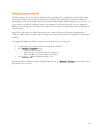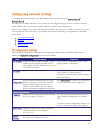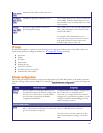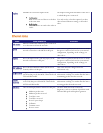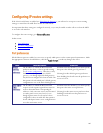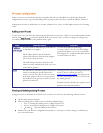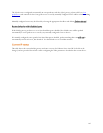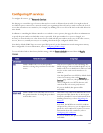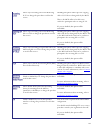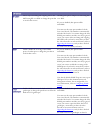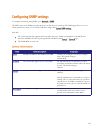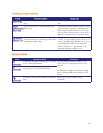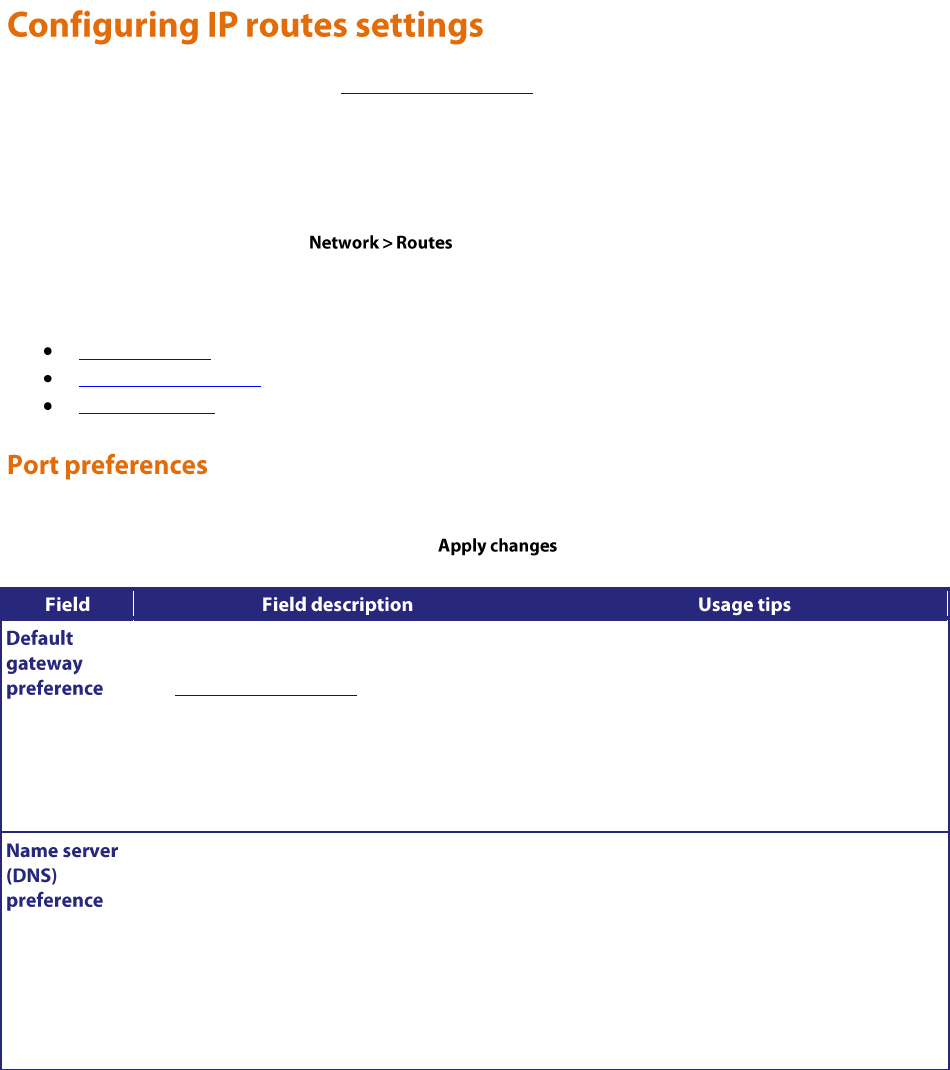
140
If the Video Firewall feature is enabled (see Upgrading the firmware), you will need to set up one or more routing
settings to control how IP traffic flows in and out of the MCU.
It is important that these settings are configured correctly, or you may be unable to make calls to or from the MCU
or access the web interface.
To configure the route settings, go to .
In this section:
Port preferences
IP routes configuration
Current IP status
If both Ethernet ports are enabled, it is necessary to specify which port is used in certain special circumstances. Make
the appropriate selections described below, then click to make any changes take effect.
The IP address to which the MCU will send
packets in the absence of more specific routing
(see IP routes configuration). Therefore, it only
makes sense to have precisely one default
gateway, even though different default gateways
may have been configured for Ports A and B. Use
this option to decide which port's default gateway
configuration to use as the unit's default gateway.
If Ethernet Port B is disabled, you cannot specify
that port as the default gateway preference.
Selecting Port B as default gateway preference
then disabling Port B will cause the preference to
revert to Port A.
The IP address to which the MCU will send
requests to look up unrecognized host names in
order to determine their corresponding IP
addresses. Only one name server (and associated
secondary name server) may be used, even
though different name servers may have been
configured for Ports A and B. Use this option to
decide which port's name server configuration to
use as the unit's name server.
If Ethernet Port B is disabled, you cannot specify
that port as the name server preference.
Selecting Port B as name server preference then
disabling Port B will cause the preference to
revert to Port A.



